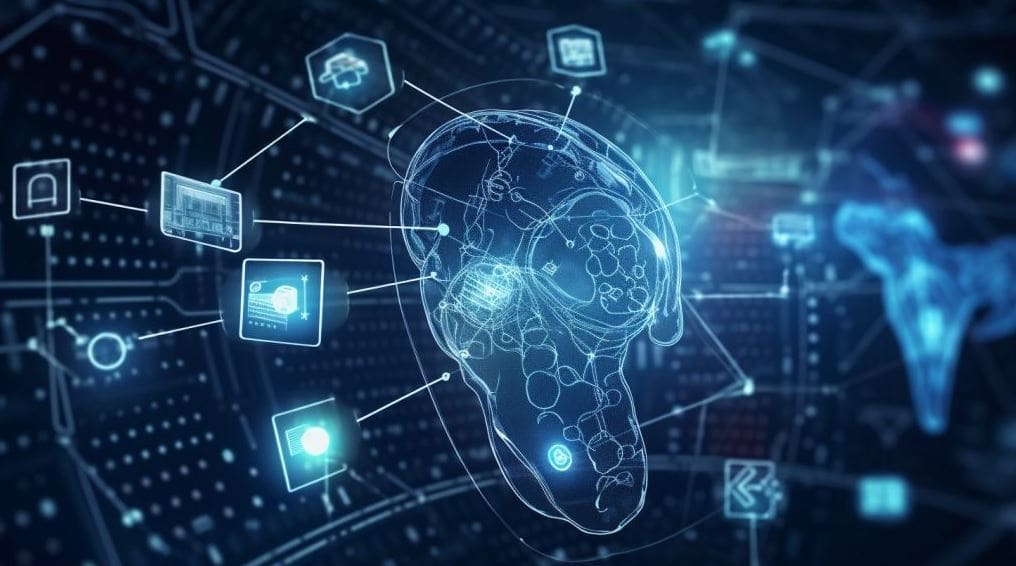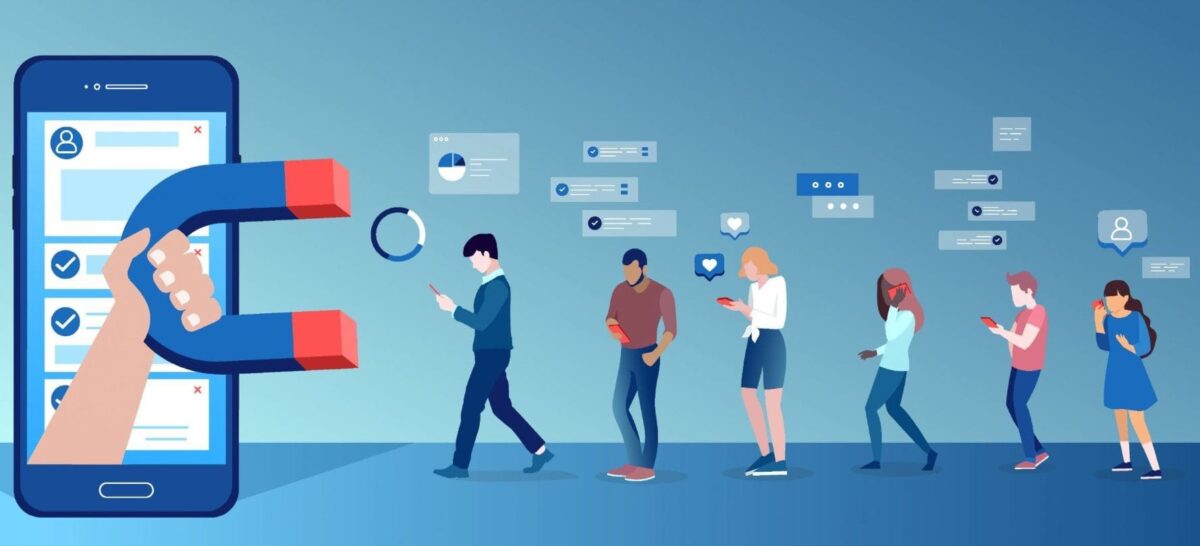Introduction
Plastic waste continues to threaten marine ecosystems as millions of tons of plastics find their way into oceans every year. However, some technologies, such as artificial intelligence (AI) and big data, can help in finding and removing plastic waste from oceans. In particular, innovative approaches that can be taken to reduce the level of plastic waste in the ocean include using the data of satellite signals, providing users with web-based visualization tools, and utilizing AI technologies to remove harmful objects.
Using Satellite Data to Track Changes in Plastic Concentrations
The changes in the sizes of garbage patches found in oceans can be monitored using satellite data. Scientists face challenges in effectively and accurately measuring the changes in the size of plastic waste in the garbage patches (Cassidy 2021, para. 2). In the past, they adopted a less effective method, which involved using boats, but this approach was limited by geographical location or the large size of the ocean. The solution to this problem is to check satellite data on the changes in the sizes of garbage patches (Cassidy 2021, para. 3). The analysis of data sets on wind speed and ocean waves shows the presence or absence of debris and its size, while garbage patches are associated with low ocean waves. Therefore, this innovative approach provides information needed to make decisions to reduce plastic waste in the ocean.

Web-Based Visualization Tools
Web-based visualization tools are another innovative approach taken since it is simpler to understand compared to big data. For instance, such tools can also be explored to present insights, as seen in an example of rhetorical analysis essay. Several governments and organizations use big data technologies to collect and present complex information sets on issues, such as trends and location of marine debris (Clark et al. 2021, p. 212). However, many people have low skill sets and cannot easily analyze and understand the complex data presented. The solution to this problem is to develop a web-based visualization tool that makes it possible for people who are less educated to easily access and understand the data presented (Clark et al. 2021, p. 213). By using this user-friendly technological tool, individuals can view important information on plastic waste in oceans, such as spatial mapping and events conducted to collect plastics. Hence, this creative approach provides the information that people need to engage in efforts to reduce plastic waste in oceans.
Using AI Technologies
Ocean gyres contain high concentrations of plastics that can be identified and removed using AI technologies, such as AI-based imaging and AI autonomous trucks. While the presence of garbage patches poses a major challenge, there is a need to first determine the geographical location and get valid information on the nature of the waste (Agarwala 2021, p. 126). Images taken using satellite or drone technologies and by individuals are moved to machine learning systems that train the devices designed to remove plastic waste. One of the innovative approaches used to remove plastic waste from ocean gyres is floating trucks that have been designed to operate autonomously (Agarwala 2021, p. 128). These devices can use the data provided using AI technologies to find the exact location of the garbage patch. As a result, AI technologies can help in removing plastic waste from oceans.
Conclusion
Innovative approaches for reducing plastic waste in oceans include analyzing satellite signals to determine any changes in the size of marine debris, creating more awareness through web-based visualization tools, and utilizing AI technologies to remove harmful objects. These technologies provide accurate and reliable information on plastic waste in any ocean. Thus, utilizing modern technologies can help to effectively identify and remove plastics from oceans.
Reference List
Agarwala, N 2021, ‘Managing marine environmental pollution using artificial intelligence’, Maritime Technology and Research, vol. 3, no. 2, pp. 120–136, viewed 13 July 2023, DOI:10.33175/mtr.2021.248053.
Cassidy, E 2021, ‘Tracking ocean plastic from space’, Earth Data. Available from: <https://www.earthdata.nasa.gov/learn/articles/ocean-plastic>. [13 July 2023].
Clark, GF, Gacutan, J, Lawther, R, Johnston, EL, Tait, H & Bednarz, T 2021, ‘A visualization tool for citizen-science marine debris big data’, Water International, vol. 46, no. 2, pp. 211–223, viewed 13 July 2023, DOI:10.1080/02508060.2021.1888495.


